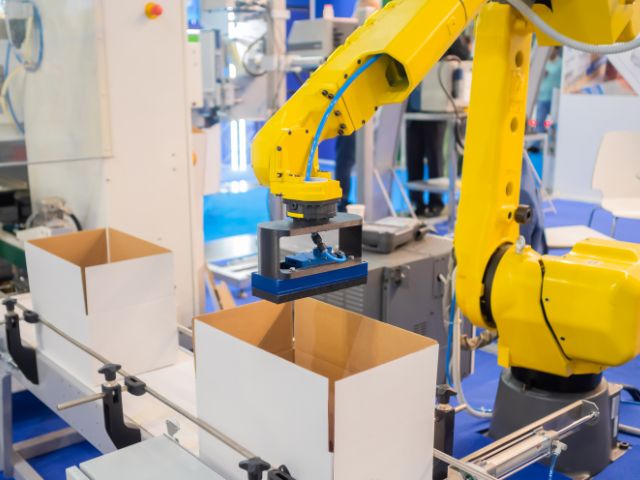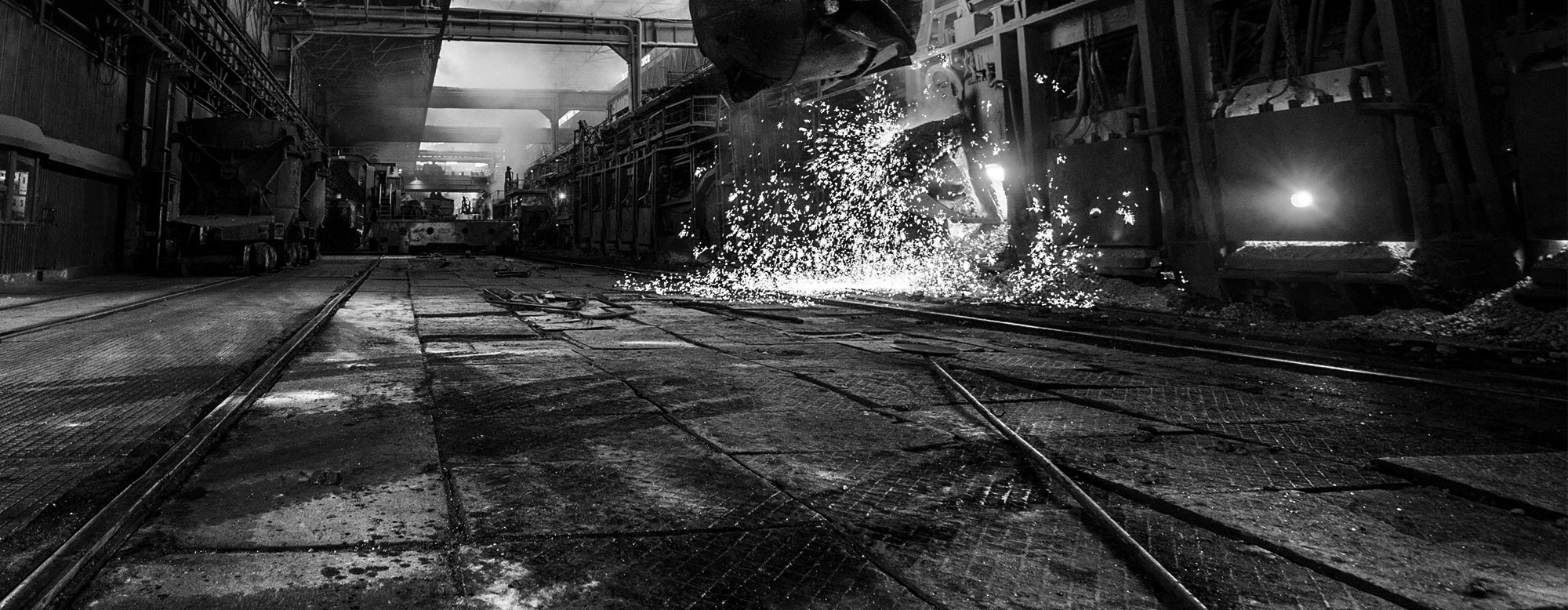The Key Differences Between Robotics and AI

While often used interchangeably in popular media, robotics and artificial intelligence (AI) refer to distinctly different fields. Both are at the forefront of technological advancements and have significant but varying impacts across industries. Understanding these differences can help clarify their applications and potential. Here are the key differences between robotics and AI.
Core Definitions
Robotics involves the design, construction, operation, and use of robots, which are physical machines programmed to carry out a series of actions autonomously or semi-autonomously. AI involves creating software or algorithms capable of performing tasks that typically require human intelligence. These tasks include learning, reasoning, problem-solving, perception, and understanding language. While robotics can incorporate AI, the physical aspect is a defining characteristic that AI does not possess.
Function and Operation
Robots are physical entities designed to interact with the physical world. They often replace or augment human efforts in tasks that involve manual labor or precision. They use sensors and actuators to manipulate their environment. AI, however, operates within computers and focuses on data processing and decision-making capabilities. It does not inherently involve physical interaction with the world unless coupled with a robotic system.
Application Areas
You can typically find robotics applications in environments like manufacturing lines, space exploration, and medical surgeries where physical interaction is crucial. Robots excel in repetitive, structured tasks in controlled environments. AI shines in areas requiring complex decision-making based on large data sets, such as financial forecasting, personalized recommendations, digital customer support, and more, where its capability to analyze and learn from data patterns is valuable.
Dependence on Data
AI’s functionality heavily depends on data and learning from it to improve its algorithms and outcomes. Machine learning, a subset of AI, uses statistical techniques to give computers the ability to “learn” from data. Robotics might use AI to enhance its capabilities but doesn’t inherently require data processing to operate. Robots can perform predefined tasks with consistent precision without the need for historical data or learning processes.
Impact on Industrial Manufacturers
The integration of robotics and AI can lead to substantial productivity gains, cost reduction, and increased safety for industrial manufacturers. Robots can handle dangerous or repetitive physical tasks with high precision, while AI can optimize production planning, predict maintenance needs, and streamline supply chains. The combination of both technologies is particularly powerful, offering manufacturers enhanced automation solutions that adapt and learn from operational data.
Now that you know the key differences between robotics and AI, you can appreciate how each plays a unique role in driving technological progress. As these fields continue to evolve and intersect, their combined potential will undoubtedly unlock new possibilities across all industries.
